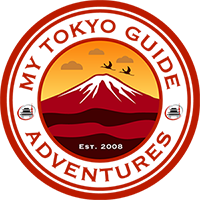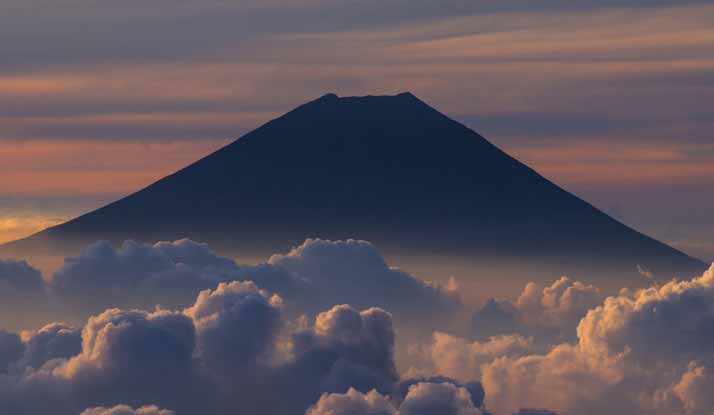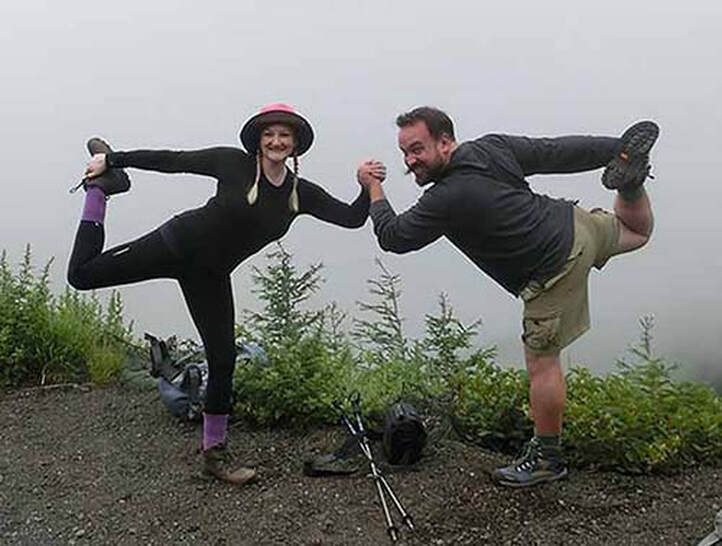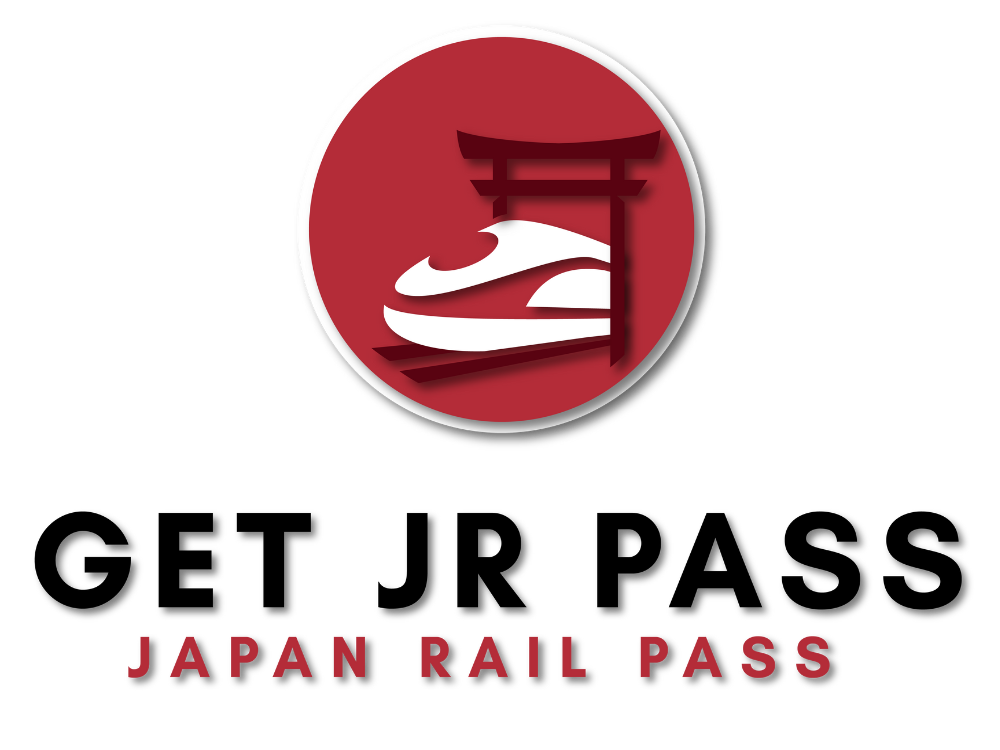Mt. Fuji Climb Fitness Guide
"Climbing Mount Fuji: A Timeless Destination in Japan. Don't miss out on the opportunity to conquer one of Japan's three holy mountains and a distinguished landmark, both for its cultural and spiritual significance and spectacular beauty. Mt. Fuji is a world-renowned cone-shaped volcano, known for its challenging hikes, severe elevation gains, rapidly changing weather, and steep inclines. Experience a 20 degree temperature difference from the base to the summit of Mt. Fuji. This climb is truly an unforgettable high-altitude quest."
"Climbing Mt. Fuji: The Unique Challenge of Hiking a Volcanic Cone. Experience the ultimate test of physical and mental fitness as you hike uphill from the start of your Mt. Fuji climb. Whether you're a seasoned hiker or attempting to climb Mt. Fuji for the first time, the unique challenges of a high altitude cone-shaped volcano can be daunting. To help you fully engage in your Mt. Fuji hike and make the most of this unique experience, we've prepared a practical and useful guide to help you get physically and mentally prepared. Get the most out of your Mt. Fuji hike by being fully prepared and equipped, and make your hike an enjoyable and unforgettable experience."
"Preparing for Mt. Fuji: The Importance of Physical Training. Climbing Mt. Fuji requires a certain level of physical fitness, and preparing in advance is crucial to making your climb an enjoyable experience. Starting a fitness program to train for your climb is one of the best things you can do. It is important to seek the guidance of a fitness trainer and get your doctor's approval before beginning your training. Whether you have a current training routine or play sports regularly, or if you're starting from scratch, it's important to understand your fitness level and adjust your training to match the specific physical requirements of climbing Mt. Fuji. The more prepared you are, the more enjoyable your climb will be."
"Mastering the Physical Challenges of Climbing Mt. Fuji: Tips for Success. Climbing Mt. Fuji is a physically demanding experience that requires a high level of physical fitness and conditioning. To prepare for the climb, it is important to replicate the physical stresses of the climb as much as possible. Cardiovascular fitness alone is not enough. People who have successfully run marathons have been known to fail to summit high-altitude peaks. To prepare for Mt. Fuji, training should focus on building the physical capabilities necessary to ascend 1,500 meters (5,000 ft.) of elevation while carrying 7-10 kilos (15-20 lbs.) up slopes with a steepness of up to 40 degrees. Learn the physical capabilities required to successfully climb Mt. Fuji and make your climb an enjoyable and unforgettable experience."
"Cardiovascular Fitness: The Key to Climbing Mt. Fuji. To successfully climb Mt. Fuji, it is essential to have a high level of cardiovascular fitness to ensure that your body can take in and supply enough oxygen. Altitude sickness can affect anyone, regardless of their physical fitness level. Therefore, having strong cardiovascular fitness is crucial to help your body function at its best. Building cardiovascular fitness should be a priority when training for a climb of Mt. Fuji."
"Strength and Acclimatization Training for Climbing Mt. Fuji: Tips for Success. Climbing Mt. Fuji requires a high level of strength and endurance, not only in the legs and hips, but also in the upper body and core. Strength training should focus on building the ability to move quickly while maintaining stability, endurance, and balance. Developing strength endurance in the legs, hips, and core is crucial for ascending and descending steep slopes. Additionally, building strength in the upper back and shoulders will help with tasks such as carrying a pack and using trekking poles effectively. Acclimatization fitness is also key to climbing Mt. Fuji. This means the ability to adapt quickly to elevation changes and enhance the lungs' ability to cope with the challenges of altitude."
"Mastering the Physical Challenges of Climbing Mt. Fuji: Tips for Success. Climbing Mt. Fuji is a physically demanding experience that requires a high level of physical fitness and conditioning. To prepare for the climb, it is important to replicate the physical stresses of the climb as much as possible. Cardiovascular fitness alone is not enough. People who have successfully run marathons have been known to fail to summit high-altitude peaks. To prepare for Mt. Fuji, training should focus on building the physical capabilities necessary to ascend 1,500 meters (5,000 ft.) of elevation while carrying 7-10 kilos (15-20 lbs.) up slopes with a steepness of up to 40 degrees. Learn the physical capabilities required to successfully climb Mt. Fuji and make your climb an enjoyable and unforgettable experience."
"Cardiovascular Fitness: The Key to Climbing Mt. Fuji. To successfully climb Mt. Fuji, it is essential to have a high level of cardiovascular fitness to ensure that your body can take in and supply enough oxygen. Altitude sickness can affect anyone, regardless of their physical fitness level. Therefore, having strong cardiovascular fitness is crucial to help your body function at its best. Building cardiovascular fitness should be a priority when training for a climb of Mt. Fuji."
"Strength and Acclimatization Training for Climbing Mt. Fuji: Tips for Success. Climbing Mt. Fuji requires a high level of strength and endurance, not only in the legs and hips, but also in the upper body and core. Strength training should focus on building the ability to move quickly while maintaining stability, endurance, and balance. Developing strength endurance in the legs, hips, and core is crucial for ascending and descending steep slopes. Additionally, building strength in the upper back and shoulders will help with tasks such as carrying a pack and using trekking poles effectively. Acclimatization fitness is also key to climbing Mt. Fuji. This means the ability to adapt quickly to elevation changes and enhance the lungs' ability to cope with the challenges of altitude."
Hiking at altitude can mess you up: so adjust your expectations
"Simply put the lack of oxygen at high altitude causes an increase in the breathing depth and rate increasing the demand on the heart, adrenaline and artery pressures."
"Cardiovascular Fitness for Climbing Mt. Fuji: Tips for Preparing Your Body. At high altitude, the lack of oxygen can put additional stress on the heart, lungs, and cardiovascular system. To prepare for the physical demands of hiking Mt. Fuji, it is essential to improve your cardiovascular fitness. This can be done by incorporating cardiovascular conditioning, trail running, inclined treadmill running, and step aerobic classes into your training program. The more time you have before your climb, the more time you should allocate to cardiovascular training. By adjusting your training program and focusing on cardiovascular fitness, you can improve your stamina and better prepare your body for the unique challenges of climbing Mt. Fuji."
"Physical Training for Climbing Mt. Fuji: Tips for Building Cardiovascular and Strength. To prepare for the physical demands of climbing Mt. Fuji, it's important to focus on building both cardiovascular fitness and strength. Swimming, biking, and skipping are great aerobic options for the beginning stages of training. As the climb approaches, include activities that replicate steep climbing motions to prepare your spine and legs for the climb. Training three times a week for 30 to 50 minutes will help improve your overall cardiovascular capacity. When it comes to strength conditioning, training with free weights or gym machines will help you build overall strength. Remember, your shoulders and lower back will need to be strong to carry the necessary supplies on the climb. Try this full-body eight-exercise strength workout to target the major muscles used when climbing. By incorporating these exercises into your training program, you can make the most of your Mt. Fuji climb and have an enjoyable and unforgettable experience."
Recommendations Pre-Hiking -
FULL BODY STRENGTH WORKOUT
•• Squats and Lunges (Legs)
•• Back Extensions (Lower Back)
•• Stiff-Legged Dead Lift (Lower Back)
•• Seated Cable Rows (Upper Back)
•• Overhead Press (Shoulders)
•• Biceps Curls and Triceps Dips (Arms)
•• Sit-ups and Twists – Incline sit-ups and Seated Twists
using Medicine Ball (Torso and Abdominals) At the start of strength training, proper form is important in order to prevent injury. Completing two sets of each of the exercises above for 10-12 repetitions. As you continue to train, you will change the focus from form to building strength. At this time lower repetitions to 6-8 using heavier weights. Finally, a month before the climb, change your weekly workout schedule to rotate between both low and high repetitions to focus on strength endurance. During any training stage, always be sure you maintain proper form in order to prevent injury.
Climb Conditioning – Climb specific training for quicker elevation adaptation.
Options include:
•• Hiking outdoor trails and or hills with a weighted pack.
•• Walking up and down stairs or stadium bleacher with a weighted pack.
•• Walking on stair-master with the incline set at five or higher with weighted pack.
Pack: Start off light and gradually increase the weight in the pack until you feel comfortable carrying around a 20-pound (seven to ten kilos) pack.
Other Considerations -
The goal of climbing Mt. Fuji is usually motivation enough; however, keeping a training log of your progress and identifying your improvements is also very helpful.
To further help you acclimatize and to help to enhance the functioning of cardiovascular system, take into account the following when you are at altitude:
For more Information on Mt. Fuji Climbs - see our "How Hard is it to Climb Mt. Fuji?" Page:
"Cardiovascular Fitness for Climbing Mt. Fuji: Tips for Preparing Your Body. At high altitude, the lack of oxygen can put additional stress on the heart, lungs, and cardiovascular system. To prepare for the physical demands of hiking Mt. Fuji, it is essential to improve your cardiovascular fitness. This can be done by incorporating cardiovascular conditioning, trail running, inclined treadmill running, and step aerobic classes into your training program. The more time you have before your climb, the more time you should allocate to cardiovascular training. By adjusting your training program and focusing on cardiovascular fitness, you can improve your stamina and better prepare your body for the unique challenges of climbing Mt. Fuji."
"Physical Training for Climbing Mt. Fuji: Tips for Building Cardiovascular and Strength. To prepare for the physical demands of climbing Mt. Fuji, it's important to focus on building both cardiovascular fitness and strength. Swimming, biking, and skipping are great aerobic options for the beginning stages of training. As the climb approaches, include activities that replicate steep climbing motions to prepare your spine and legs for the climb. Training three times a week for 30 to 50 minutes will help improve your overall cardiovascular capacity. When it comes to strength conditioning, training with free weights or gym machines will help you build overall strength. Remember, your shoulders and lower back will need to be strong to carry the necessary supplies on the climb. Try this full-body eight-exercise strength workout to target the major muscles used when climbing. By incorporating these exercises into your training program, you can make the most of your Mt. Fuji climb and have an enjoyable and unforgettable experience."
Recommendations Pre-Hiking -
- start to increase (or introduce) cardiovascular training at least 8-6 weeks prior to your Mt. Fuji Climb
- aim for 3 - 4 cardiovascular sessions a week. These sessions should last at least 20 - 60 minutes in duration and ideally you should be working at around 60% - 70% of your maximum heart rate
- ensure your training has variety and is progressive; each week try and up your pace, vary your workouts, introduce interval training and vary the length of the workouts that you are doing e.g. mix and match shorter 20-minute sessions with long bike rides and hill walks
- outdoor examples of cardiovascular exercise include running, cycling and stair climbing or hill hiking (add a weighted backpack (10~20 Kgs) and try ankle weights for more resistant.
- in the gym you can use the treadmill, bike or cross-trainer to work on your cardiovascular system, as well as introducing circuits and aerobic type classes.
FULL BODY STRENGTH WORKOUT
•• Squats and Lunges (Legs)
•• Back Extensions (Lower Back)
•• Stiff-Legged Dead Lift (Lower Back)
•• Seated Cable Rows (Upper Back)
•• Overhead Press (Shoulders)
•• Biceps Curls and Triceps Dips (Arms)
•• Sit-ups and Twists – Incline sit-ups and Seated Twists
using Medicine Ball (Torso and Abdominals) At the start of strength training, proper form is important in order to prevent injury. Completing two sets of each of the exercises above for 10-12 repetitions. As you continue to train, you will change the focus from form to building strength. At this time lower repetitions to 6-8 using heavier weights. Finally, a month before the climb, change your weekly workout schedule to rotate between both low and high repetitions to focus on strength endurance. During any training stage, always be sure you maintain proper form in order to prevent injury.
Climb Conditioning – Climb specific training for quicker elevation adaptation.
Options include:
•• Hiking outdoor trails and or hills with a weighted pack.
•• Walking up and down stairs or stadium bleacher with a weighted pack.
•• Walking on stair-master with the incline set at five or higher with weighted pack.
Pack: Start off light and gradually increase the weight in the pack until you feel comfortable carrying around a 20-pound (seven to ten kilos) pack.
Other Considerations -
The goal of climbing Mt. Fuji is usually motivation enough; however, keeping a training log of your progress and identifying your improvements is also very helpful.
To further help you acclimatize and to help to enhance the functioning of cardiovascular system, take into account the following when you are at altitude:
- You need to get mentally prepared that it’s going to be harder
- Consider your diet (Travel light - and not just your packsack but your body weight as well - losing just a couple of pounds/kgs before you hike will make a world of difference)
- stay well hydrated. Mountain air is extremely dry and therefore you lose a lot of water. You need to drink a lot more than you think in the mountains
- it is best to limit alcohol consumption before and during the acclimatization period as it increases your risk of dehydration and can increase feelings of loss of appetite and fatigue
- if you have a pre-existing cardiovascular disorder it is worth talking to your Doctor before ascending to a high altitude
- if you suffer from headaches, sickness and decreased appetite at altitude, your body needs more time to adapt so don't overdo it, especially when you first start hiking.
- an initial decline in appetite is not uncommon so think about what you are eating. A high carbohydrate, low salt diet allows for better adaptation. Choose slow release carbohydrates rather than refined sugary snacks and meals that help to keep your blood sugars steady e.g. whole grains, legumes, fruit and vegetables
For more Information on Mt. Fuji Climbs - see our "How Hard is it to Climb Mt. Fuji?" Page:
My Tokyo Guide |
Mt. Fuji |
|
My Tokyo Guide is a member of the All Nippon Travel Agents Association (ANTA)
Copyright © My Tokyo Guide Inc. All Rights Reserved | 2008 - 2024 |




